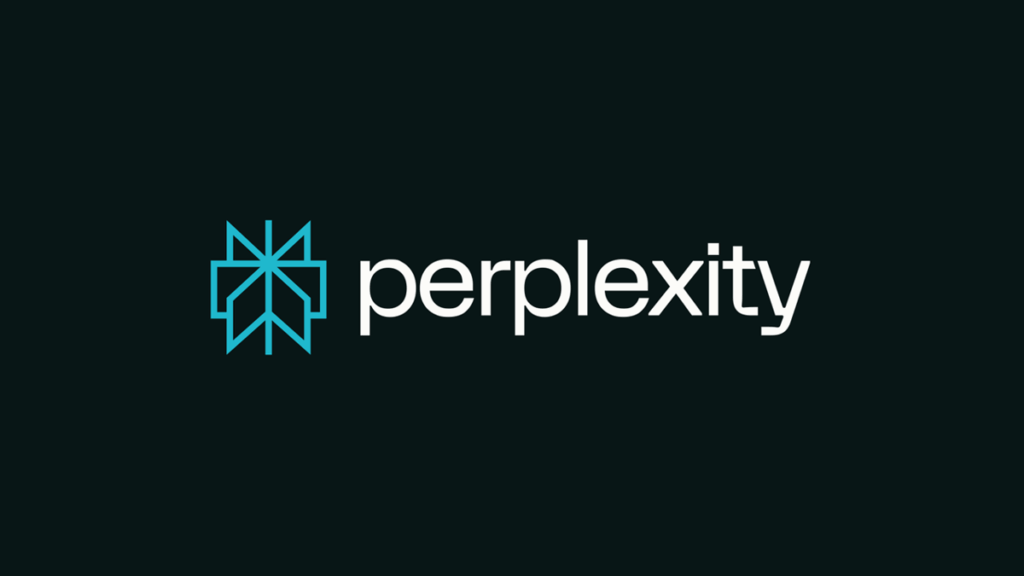
Perplexity, an AI-powered search tool, has been making waves with its unique approach to information retrieval. Unlike traditional AI chatbots, Perplexity positions itself as an “AI-powered answer engine,” focusing on search capabilities rather than conversational interactions. This distinction sets it apart from competitors like ChatGPT and Gemini, offering users a different experience in managing tasks such as creative writing, file processing, and image generation.
Despite its strengths, Perplexity’s deep research tool has been criticized for being underwhelming, and there is some ambiguity regarding the models powering its media generation features. Nevertheless, for users seeking to enhance their web searches beyond what Google provides, Perplexity presents a compelling option. However, for those who require comprehensive chatbot functionalities, ChatGPT remains the Editors’ Choice due to its advanced features and detailed responses.
Understanding Perplexity’s Unique Position
Perplexity’s branding as an “AI-powered answer engine” reflects its emphasis on search over conversation. This is evident when engaging with Perplexity, which lacks the conversational fluidity of traditional chatbots. However, it still allows users to perform a multitude of tasks, including deep research, image and video generation, creative writing, file processing, math problem-solving, and voice chat.
For programmers, Perplexity offers coding assistance through Perplexity Labs, which can write and execute code. While this functionality falls outside the scope of this review, users can explore its coding capabilities independently. The tool’s strength lies in answering questions and conducting research, often providing a quicker and more straightforward alternative to traditional search engines.
How Perplexity Operates
At its core, Perplexity processes user queries through complex algorithms, generating answers using large language models. These models, composed of artificial neural networks trained on extensive datasets, enable Perplexity to understand and respond to prompts. Users can inquire about anything from sports scores to complex academic problems, with Perplexity accessing the internet to provide answers.
Perplexity is not a traditional application or service, and it improves over time without major updates. As users interact with Perplexity, they contribute to training its AI models, although this process is gradual and does not occur within individual conversations. The platform offers both in-house models, like Sonar, and third-party models, including ChatGPT’s GPT-5, Claude’s Opus, and Gemini’s 2.5 Pro, among others.
Pricing and Accessibility
Perplexity offers both free and premium plans, catering to different user needs. The free version provides limited access to Pro searches, deep research, and file uploads. Premium plans, such as Perplexity Pro and Max, expand usage limits and features. The Pro plan, priced at $16.67 per month (billed annually), grants access to popular LLMs, unlimited deep research, and file uploads, along with Perplexity Pro Perks.
For educators and businesses, specialized plans like Education Pro and Enterprise Pro offer additional features. Educators can access a free trial of Education Pro for a year, which includes interactive tools for creating flashcards and quizzes. Compared to AI chatbots like ChatGPT and Gemini, Perplexity’s pricing is competitive, though its value proposition may vary depending on user needs.
Perplexity’s Availability and Integrations
Perplexity is accessible via the web and apps for Android, iOS, macOS, and Windows. Users can also access it through the Comet browser, available on macOS and Windows. While Perplexity integrates with services like Gmail, Outlook, Slack, and WhatsApp, its technology is not as widely adopted as some chatbot counterparts. Users interested in Perplexity must use its dedicated apps or website.
The platform’s interface is straightforward, with a central text field for prompts and a sidebar for account settings, search history, and Spaces—topic hubs for organizing searches. Users can change models, conduct deep research, and upload files through toggles beneath the text field. Perplexity’s memory feature allows it to save information and preferences, enhancing future interactions.
Evaluating Perplexity’s Performance
Perplexity excels in AI-powered web search, delivering quick and accurate answers. Its interface, featuring relevant article tiles, images, and videos, enhances the search experience. However, it struggles with certain complex prompts, highlighting limitations in its search capabilities.
In deep research, Perplexity offers a tool that generates reports with multiple sources, though it lacks the depth of ChatGPT’s research. Perplexity’s interface stands out, with clear tabs for images, sources, and research steps, but its reports may not be as comprehensive as those from competitors.
Perplexity also supports image generation, offering competitive results with minimal errors. However, its video generation, reliant on third-party models, is less impressive, with issues in motion and text generation. File processing capabilities are robust, though not without occasional inaccuracies.
Privacy and Data Security
Perplexity’s privacy policy outlines extensive data collection, including user queries and device information. While it promises not to sell data, it reserves the right to disclose information to service providers. Premium subscribers can opt out of data training, a feature not available to free users.
Despite its data collection practices, Perplexity has not experienced major data breaches. However, vulnerabilities in its Comet browser raise concerns about data security. Users are advised to avoid sharing personal information, a common recommendation for AI services.
In conclusion, Perplexity offers a unique AI-powered search experience with a variety of features. While it excels in certain areas, such as web search and image generation, it faces challenges in deep research and video generation. Its competitive pricing and accessibility make it an attractive option for users seeking an alternative to traditional search engines, though its value may vary based on individual needs.







